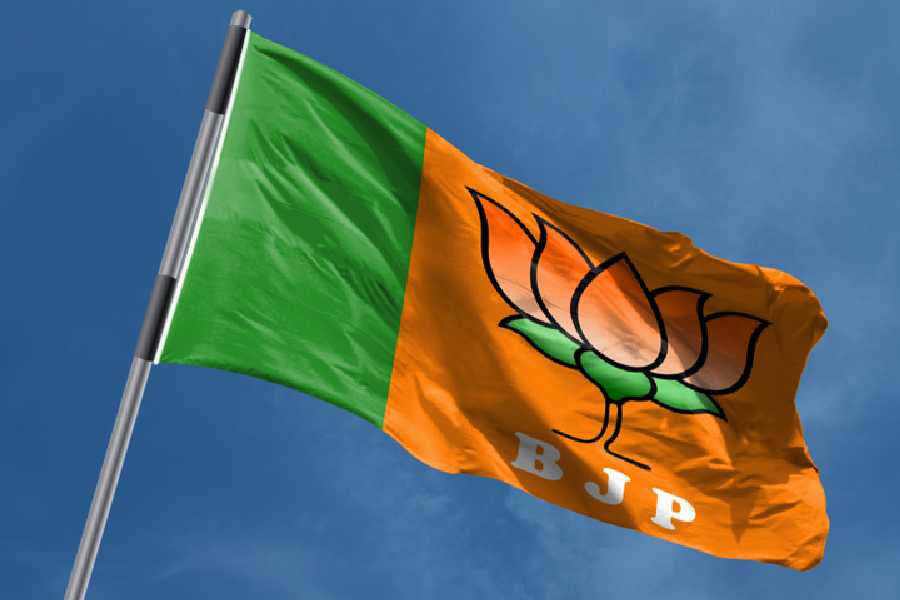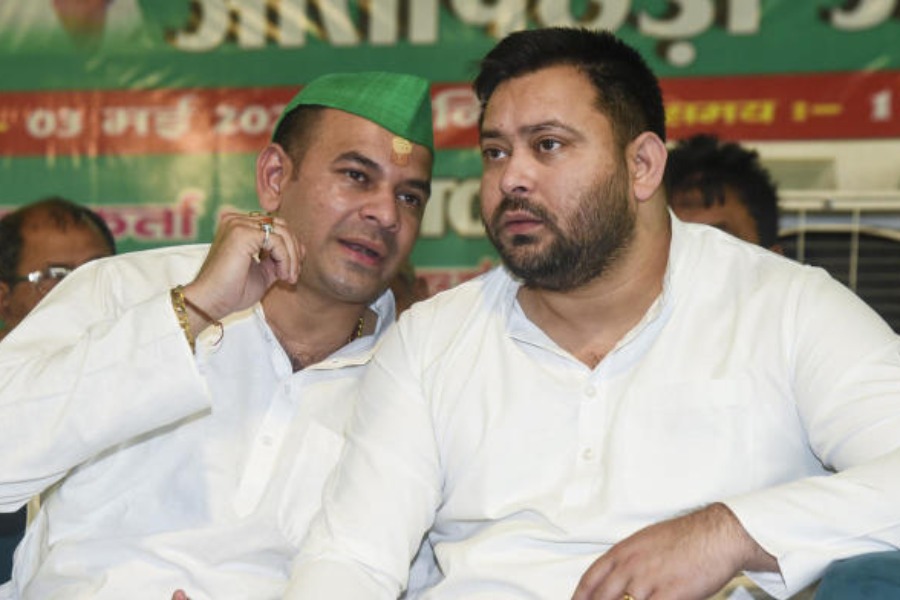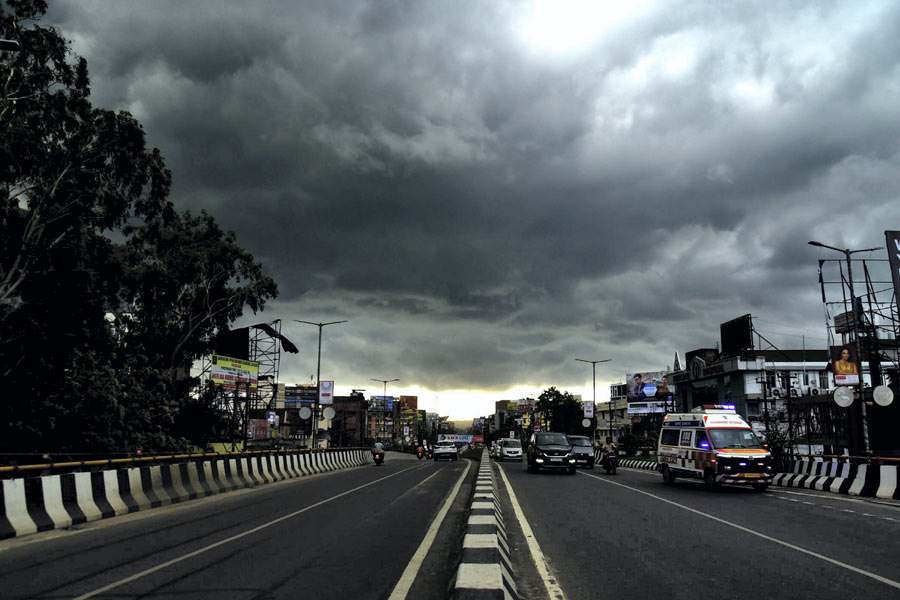|
|
No matter what the formal denials, there is a palpable tension between the judiciary on the one hand, and the executive and legislature on the other, in the wake of the Supreme Court?s decision in the P.A. Inamdar case on unaided colleges. And no matter what one thinks of the merit of this particular judgment, it is high time to recognize that there are structural reasons why this tension is likely to continue. The outburst of the chief justice of India, R.C. Lahoti, that government might as well wind up the courts was, with all due respect to their lordships, unwarranted. Whenever the court takes a momentous decision, there is bound to be controversy and reaction. In a free and highly politicized society, all kinds of actors, including politicians, will rush to judgment and make various claims. And without impugning the motives of the court, citizens and legislators alike are free to express their assessment of the court?s pronouncements. But this is the inevitable noise a democracy generates. The judiciary is the one branch of government that, unlike the legislators and executive, should concentrate solely on what people do, not what they say. Their lordships should have at least waited until the government formally proposed a response to the court?s rulings. Accordingly, if their lordships had any disquiet about particular policies being proposed, they are at liberty to give appropriate legal rulings.
But casting a criticism of a government in terms that appear injudicious does not bring credit to the court. If our esteemed lordships, to whom the country looks to uphold high principles, even so much as appear over-protective of their authority, it will only undermine their authority.
The court?s reiteration that it was asking the government for appropriate legislation to regulate non-aided colleges was laudable. But the court should recognize that its rulings, even on matters of principle, will sometimes be seen to trespass on legislative authority. Or sometimes, these rulings will go against influential sections of the public opinion. The Indian Supreme Court has, in recent years, served the cause of justice well. But its authority, in part, depended upon a virtue attributed to their lordships: inscrutability. While the cause of justice was expressed through rulings, judges themselves were esteemed precisely because they were considered above ordinary human frailties. But a show of what appears to be excessive disquiet may only make honourable judges less inscrutable. They will also not be looked upon as being above ordinary decision-makers.
The point of how judges appear to the public is not a trivial one. And indeed Inamdar itself is a case in point. I am in broad sympathy with what the court was trying to achieve: give maximum autonomy to unaided institutions by interpreting the Constitution in a broadly liberal manner. But the Indian Supreme Court?s judgments, by their sheer length, and tendency to over-argue, spoil the core of their own case. In this instance, it would simply have been enough for the court to say that fifty per cent seat reservation for the government amounts to nationalization of unaided institutions. This violates the protections given to establishing and administering educational institutions under Articles 19 and 26. But the court then went on to make two remarks that even those broadly in sympathy with the judgment should find disquieting.
First, the court seems to simply declare reservations incompatible with merit. There may be an independent argument against reservations, but it is too quick to suggest that reservations are by definition an anti-merit principle. The fact that reservations entail a compromise with strict indices of merit, does not automatically entail that they are anti-meritocratic. Merit should not be judged only by the criteria used for admission; merit can be judged also on the output side. And indeed, while the concept of merit should not be ridiculed, we ought to admit more complex criteria for determining merit than are currently allowed. And there is nothing in reservations that is per se incompatible with producing meritocratic students.
Second, the court also seems to think that merit as an issue applies particularly to professional colleges and not to other institutions like undergraduate colleges. This assumption that merit, whatever it is, applies more to a particular class of degrees, is also a bit bizarre. A principle for facilitating access must not be confused with a claim about the merit of individual students who benefit from that access.
These observations on the relationship between merit and reservation confused things even more. If indeed reservations are as strongly incompatible with merit as the court thinks, why should only non-aided institutions be exempt from reservations? Why condemn public institutions? And if merit is the sole criterion, why allow a special NRI quota and disallow reservations? On the other hand, the court could have easily exempted non-aided institutions simply on grounds of property rights arguments, and need not have pronounced on reservation. As often, the court obscured the force of its valid arguments by putting in a number of red herrings.
But the structural reasons producing the tension between the judiciary and the executive will remain. First, there is an inner conflict within Indian constitutionalism. After Kesavananda, the question, ?Who is the final arbiter of the Indian Constitution?? remains unanswered. Parliament can pass legislation, the courts can pronounce on its constitutionality, parliament can amend the Constitution in response, the court can pronounce that parliament has limited amending power and so on. That this ambiguity has not generated a full-blown crisis is more an artifact of our fragmented political system, not a consensus on the power of the courts.
Second, there is no higher judiciary in the world that has so shut out the executive or legislature in the process of appointments to the higher judiciary. It is a matter of considerable debate whether judges? somewhat appropriating the appointments process to the higher judiciary has in fact enhanced the quality of judges in the Supreme Court. And third, the rise of judicial power in India has complex reasons. But we have to admit that, in many instances, the judiciary has conjured up its own powers. Representative institutions are the essence of democracy and judges do not stand in the same relation to us as legislators. It may be that we cannot trust our representative institutions, but it would be stretching logic to pretend that the guardianship the courts often exercise over policy is synonymous with democracy. Towards the end of Inamdar, the court is suggesting, rightly, that the government bring in appropriate legislation to regulate unaided institutions. But the open question is how much freedom will the executive have, given the court?s pronouncements? The court may, in its own mind, have merely interpreted the Constitution. But when this interpretation represents a radical break with the past, the courts have to be prepared for a good deal of public discussion and even procrastination. India is almost unique in the power that judges are exercising. But then, as the Italian political theorist Gentili famously said, the existence of power is always a provocation. The tensions are likely to continue.











